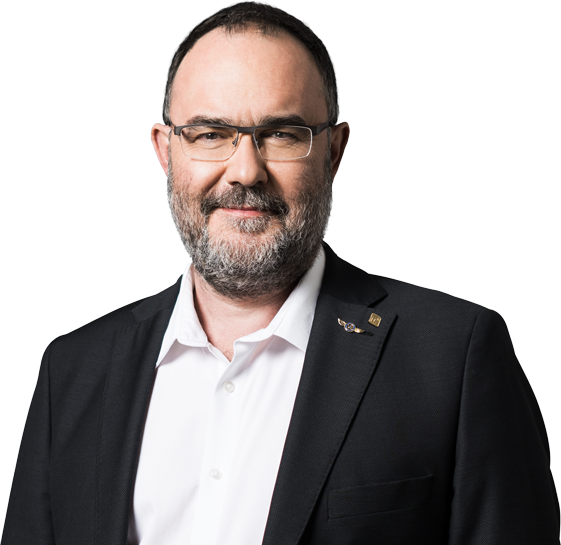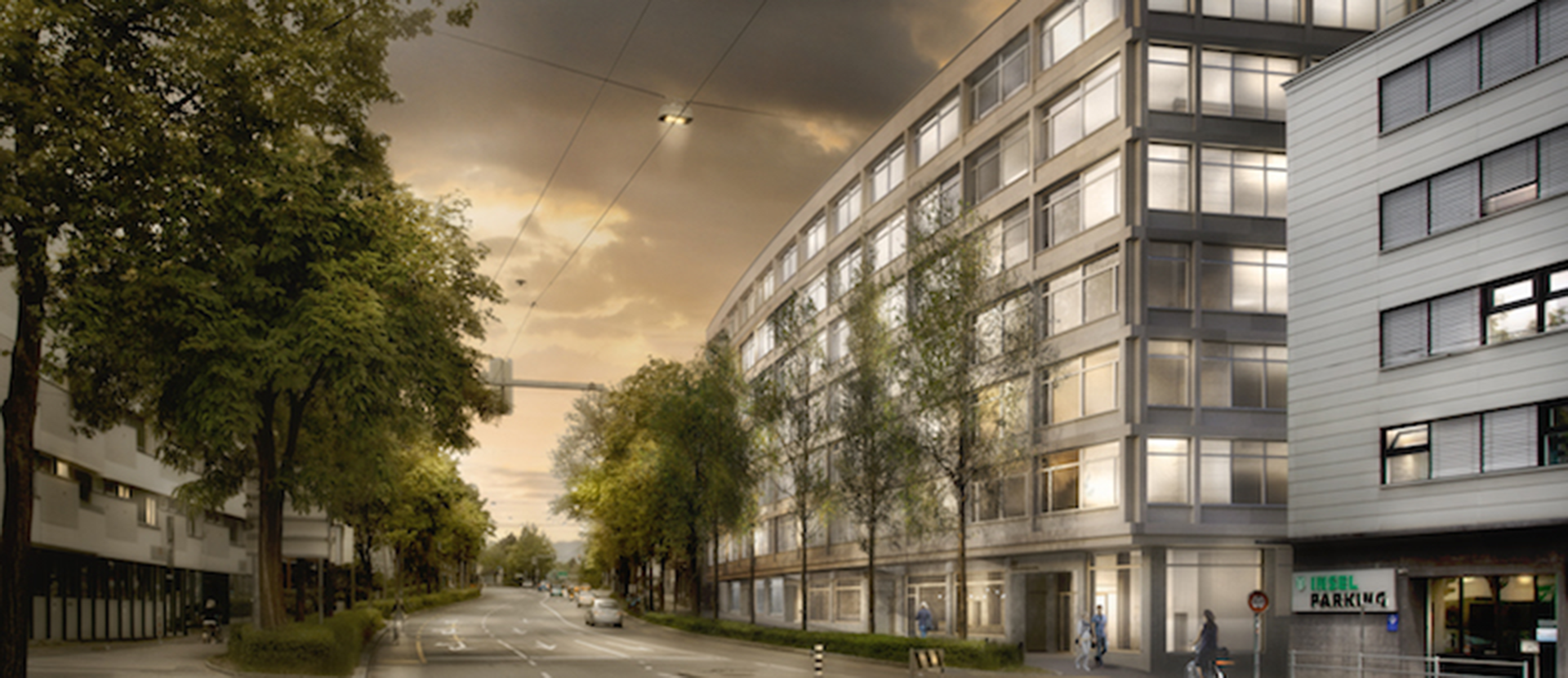
“For the University, the current delays in infrastructure development constitute a huge challenge and make us less competitive.”
Executive Board
Competitiveness still jeopardized
Alongside the political framework, one of the biggest areas in need of improvement at the University remains the renewal and expansion of its building infrastructure. Without a long-term plan and the certainty this brings, the University’s performance is in serious jeopardy.
By Markus Brönnimann, Administrative Director
Having a contemporary, suitable infrastructure in place is pivotal to the success of a research and teaching institution. But as is so often the case, you rarely notice the things you have. What you do notice, and what serves as a source of constant irritation, are the things you don’t have but urgently need. For the University, the current delays in infrastructure development constitute a huge challenge and make us less competitive.
This year we were able to bridge a gap in the University’s infrastructure with the addition of the new laboratory building at Murtenstrasse 24 – 28. With these facilities in place, the University once again has competitive laboratories and a new home for its Institute of Forensic Medicine (IRM) and the Department for Bio-Medical Research (DBMR). We are thrilled that we were able to take over this well-equipped building from the Office for Land and Buildings (AGG) and then put it into operation. I would like to take this opportunity to express our sincere gratitude to everyone involved.
The second major outcome was this year’s successful conclusion of the competition for the chemical building on the Muesmatt site. The winning project features a good utilization concept and fits in well with the neighborhood. The Canton’s decision to prioritize its structural engineering investments has resulted in a five-year postponement in the project’s implementation. While this is obviously necessary, it is also extremely unfortunate.
The situation looks somewhat better for two other major projects of fundamental importance to Bern as a center of medicine: Project planning can proceed as usual for the research building at Friedbühlstrasse (Insel site construction area 07) and the Cantonal Parliament has approved the loan for the competition for the medical training building (construction area 03) without any dissenting votes. No funds are available for the Schools of Dental Medicine (ZMK) until further notice, however.
Yet regardless of all the excitement surrounding projects that have been completed and set in motion, the problem of missing and outdated infrastructure still remains. This will curb the University’s performance in both the short and medium term and we will have to work together with the AGG and the Department of Education to find solutions.
Solid basic funding
Not only does the University need an adequate infrastructure, but also reliable and stable basic funding from the public sector. In this respect, we have a loyal, responsible sponsor in the Canton of Bern: During the year under review, the Canton of Bern’s contribution amounted to CHF 323.4 million compared to the University’s total revenue of CHF 938.8 million. We generated a surplus of CHF 20.7 million on our account. The result attributable to basic funding was a loss of CHF 5.1 million. A higher loss had been included in the budget. The difference is attributable in part to factors including delays to projects and plans caused by pandemic-related requirements.
The repercussions of COVID-19
Like all institutions and businesses, COVID-19 had an extremely detrimental impact on the University. The uncertainties and restrictions resulted in significantly higher expenses for the University’s teaching, research and administrative activities. At its weekly meetings, the University’s crisis team implemented the authorities’ resolutions in such a way that teaching and research operations could remain intact. For example, the team came up with and implemented a solution to support researchers whose projects were prolonged due to pandemic-related requirements and extended the ad hoc position of medical officer. One major step in the right direction came in the fall with the introduction of a requirement to present a COVID certificate, which meant that the University could return to in-person teaching. This called for considerable additional effort on the part of the University, which had to set up test centers or and conduct certificate checks, for example. Since the Cantonal Government opted against offering any compensation for these additional costs, they had to be covered through the regular budget for teaching and research.
Two important staffing changes
Two important positions had to be filled in the Administrative Director’s Office during the year under review. Dr. Cord Fündeling was hired to take over as the new head of the IT Services Office. We would like to take this opportunity to express our gratitude to Urs von Lerber, who had previously held the post, for his many successful years of service. The University Library is also under new leadership. Dr. Sonia Abun-Nasr succeeds Dr. Niklaus Landolt, who spent the past few years managing the library both successfully and prudently. With these new appointments, the gender ratio at the leadership level of the Administrative Director’s Office is balanced at four women and four men.
Development in external funding
Basic funding / external funding: The income generated by the University, which serves as the University's structural basic funding, counts as basic funding. All other income is recorded as external funding. Due to the separation of revenue into basic funding and external funding, individual items can only be compared with the income statement according to Swiss GAAP FER to a limited extent.
Private sector funding: Income from the private sector, private individuals, foundations and similar organizations.
Until 2016 the income of the service centers was booked under basic funding, from 2017 under external funding.
The individual parameters can be selected or deselected by clicking on the legend.
